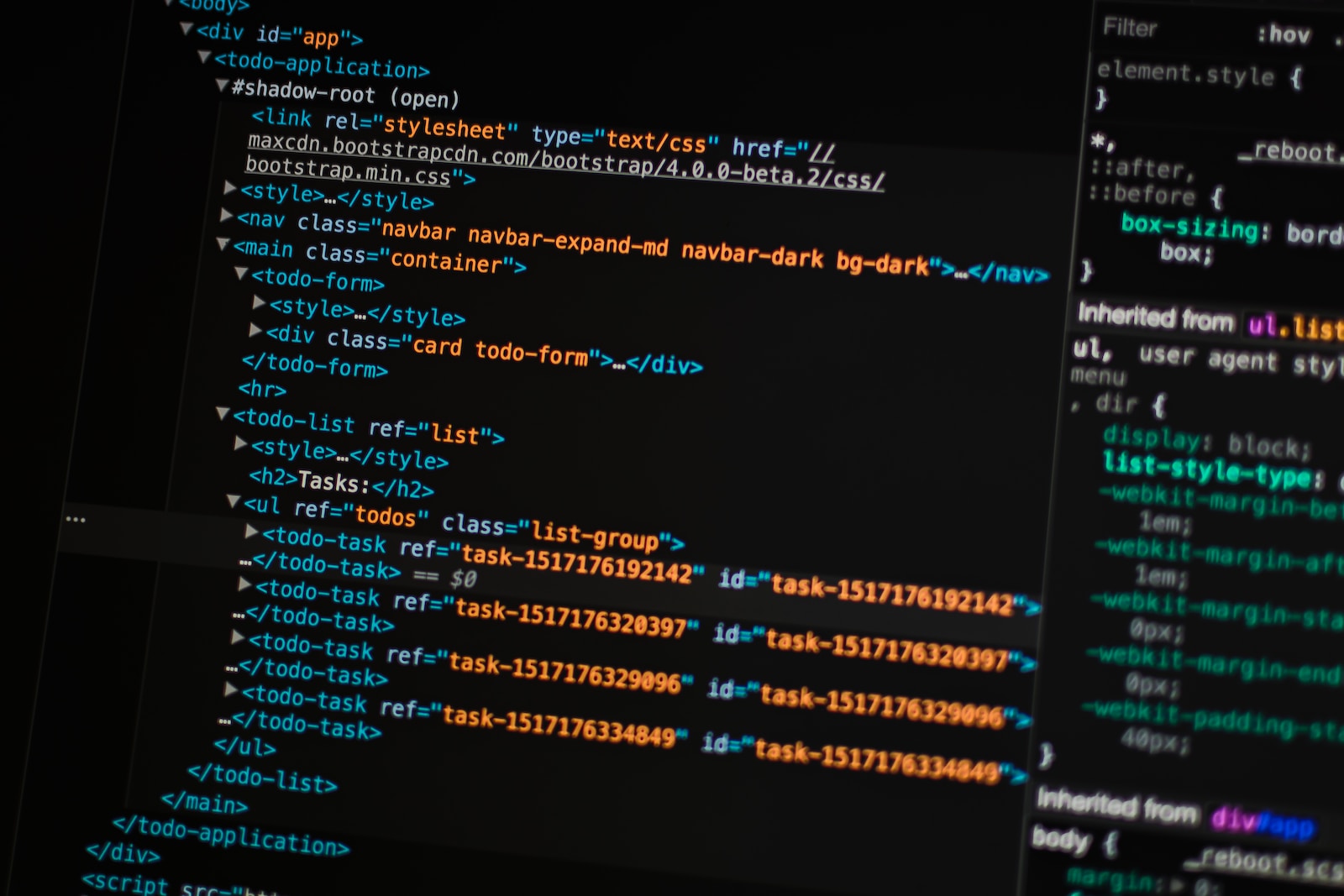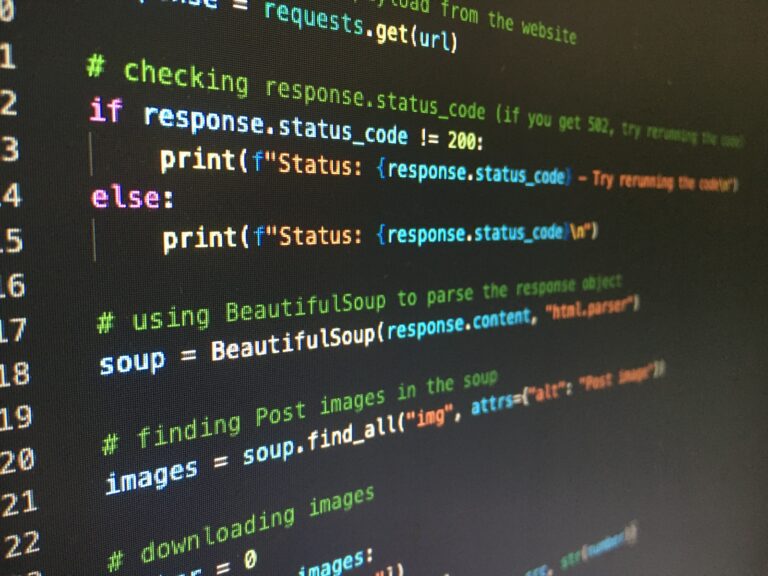Python is a powerful programming language for text processing, thanks to its rich set of string methods. Python string methods are built-in functions that allow you to manipulate and transform text data in various ways. In this article, we will explore Python’s string methods in depth, discussing their functionalities and demonstrating their usage with examples.
If you’re new to Python, or you’re looking to expand your knowledge of string methods, this article is for you. By the end of this article, you’ll have a solid understanding of Python’s string manipulation techniques, and you’ll be able to apply them to a wide range of text processing tasks.
Key Takeaways
- Python string methods are built-in functions for manipulating and transforming text data.
- Mastering string methods is crucial for efficient text processing in Python.
- Commonly used Python string methods include `lower()`, `upper()`, `strip()`, and `replace()`.
- Python string methods can be used for formatting, searching, replacing, splitting, joining, and modifying strings.
- There are various case methods available in Python string methods, such as `capitalize()`, `title()`, `swapcase()`, and `casefold()`.
Understanding Python String Methods
Python’s string methods offer a wide range of operations that enable efficient text processing. Understanding the syntax and usage of these methods is crucial for manipulating and transforming text in Python effectively. Here, we’ll explore some of the most commonly used string methods in Python.
Lower and Upper Case Methods
The lower() and upper() methods are used to convert strings to lowercase and uppercase, respectively. These methods can be useful when comparing strings or when adjusting the case of strings for formatting purposes. For example:
text = "Hello, World!" print(text.lower()) # Output: hello, world! print(text.upper()) # Output: HELLO, WORLD!
Strip Method
The strip() method is used to remove leading and trailing white spaces from a string. This can be useful when working with user input or when reading data from external sources. For example:
text = " Hello, World! " print(text.strip()) # Output: "Hello, World!"
Replace Method
The replace() method is used to replace specific characters or substrings within a string. This can be useful for cleaning up text or for making quick substitutions. For example:
text = "Hello, World!"
print(text.replace("World", "Universe")) # Output: "Hello, Universe!"
Concatenation with the Plus Symbol
The + symbol is used to concatenate strings in Python:
text1 = "Hello" text2 = "World" print(text1 + text2) # Output: "HelloWorld"
Alternatively, you can use the join() method to concatenate strings in a more efficient manner. This method works by joining a list of strings with a specified delimiter:
words = ["Hello", "World"] delimiter = " " print(delimiter.join(words)) # Output: "Hello World"
Split Method
The split() method is used to split a string into a list of substrings based on a specified delimiter. This can be useful when working with large strings or when parsing data. For example:
text = "Hello, World!"
print(text.split(",")) # Output: ["Hello", " World!"]
Finally, it’s worth noting that many of Python’s string methods can be chained together to perform more complex text processing operations. Once you understand the basics of these methods, you can combine them in creative ways to manipulate and transform text in Python with ease.
Formatting Strings in Python
One of the most useful features of Python’s string methods is the ability to format strings for better readability and presentation. Here are some techniques for formatting strings in Python:
- String Interpolation: This is a simple and intuitive technique where you can insert values into a string using placeholders. The placeholders are denoted by curly braces {}, and Python’s string methods allow you to pass values into these placeholders using the format() method.
- Padding and Alignment: Padding is the technique of adding whitespace to a string to make it a specific length. Python’s string methods provide padding functions such as ljust(), rjust() and center(). These methods can be used to align strings to the left, right or center of a specified width.
- Formatting with Placeholders: Python’s string methods provide a variety of placeholders that can be used to format strings dynamically. The most commonly used placeholders are %s, %d, %f, which are used to format strings, integers and floats, respectively.
By utilizing these techniques, you can format strings in Python to make them more readable and visually appealing.
Searching and Replacing in Strings
Python offers several string methods that enable efficient searching and replacing operations. These methods allow you to find and replace specific characters or substrings in a string, as well as to count the occurrences of certain characters or substrings.
The find() method is used to locate the index of a specific character or substring within a string. If the character or substring is not found, the method returns -1. The syntax of the find() method is:
string.find(substring, start, end)
Here, substring is the text you are searching for, start is the optional starting index, and end is the optional ending index. If the start and end parameters are not specified, the method will search the entire string. The find() method returns the index of the first occurrence of the substring in the string.
The index() method is similar to find(), but it raises an error if the substring is not found. The syntax of the index() method is:
string.index(substring, start, end)
The count() method is used to count the number of times a specific character or substring occurs in a string. The syntax of the count() method is:
string.count(substring, start, end)
The replace() method is used to replace a specific character or substring in a string with another character or substring. The syntax of the replace() method is:
string.replace(old, new, count)
Here, old is the character or substring you want to replace, new is the character or substring you want to replace it with, and count is the optional number of times to replace the old substring. If the count parameter is not specified, the method will replace all occurrences of the old substring.
By mastering these string methods, you can efficiently manipulate and transform text in Python, making your text processing tasks easier and more effective.
Splitting and Joining Strings
Python provides several string methods for splitting and joining strings. These methods are useful for breaking down large strings into smaller ones, and for combining several strings into a single one.
split()
The split() method allows you to split a string into a list of substrings based on a specified separator. By default, the separator is whitespace. For example:
text = “Hello world, this is Python!”
words = text.split()
print(words)
| Output: | [‘Hello’, ‘world,’, ‘this’, ‘is’, ‘Python!’] |
|---|
You can also specify a custom separator using an argument in the split() method. For example:
text = “apple,banana,orange,mango”
fruits = text.split(“,”)
print(fruits)
| Output: | [‘apple’, ‘banana’, ‘orange’, ‘mango’] |
|---|
join()
The join() method allows you to join a sequence of strings into a single string using a specified separator. For example:
fruits = [‘apple’, ‘banana’, ‘orange’, ‘mango’]
text = “,”.join(fruits)
print(text)
| Output: | apple,banana,orange,mango |
|---|
You can also use the join() method to concatenate strings with a separator. For example:
text = ” “.join([“Hello”, “world,”]) + ” this is Python!”
print(text)
| Output: | Hello world, this is Python! |
|---|
Modifying Strings with Case Methods
Python string methods provide numerous ways to modify the case of strings. These methods are essential in string manipulation, given the variety of cases that strings can take. In this section, we will explore the case methods available in Python.
The capitalize() method capitalizes the first character of the string. This method can be useful when converting names or titles to a standard format. For example:
name = "john doe"
formatted_name = name.capitalize()
print(formatted_name)
The output will be:
John doe
The title() method capitalizes the first character of each word in the string. This method is commonly used in formatting titles or headings. For example:
title = "the quick brown fox jumps over the lazy dog"
formatted_title = title.title()
print(formatted_title)
The output will be:
The Quick Brown Fox Jumps Over The Lazy Dog
The swapcase() method swaps the case of all characters in the string. This method can be useful for toggling between upper and lower case. For example:
string = "Hello World!"
formatted_string = string.swapcase()
print(formatted_string)
The output will be:
hELLO wORLD!
The casefold() method is similar to the lower() method, but it is more aggressive in its conversion of characters to lowercase. This method is useful when dealing with strings that may contain non-ASCII characters. For example:
string = "Straße"
formatted_string = string.casefold()
print(formatted_string)
The output will be:
strasse
Mastering these case methods can significantly improve your ability to manipulate and process strings in Python.
Conclusion
In conclusion, Python string methods are essential to efficient text processing in Python. By mastering these methods, developers can easily manipulate and transform strings to achieve their desired output. In this article, we have covered various Python string methods, including string formatting, searching and replacing, splitting and joining, and modifying strings. Each of these methods has been explained with relevant examples to help developers have a better understanding of their functionalities and use cases.
It is vital to note that there are numerous Python string methods beyond those covered in this article. This article serves as an overview, and developers are encouraged to explore more resources to master these methods. An excellent starting point would be to look up cheat sheets or tutorials specifically on Python string methods. This way, developers can have a handy reference guide and can learn more advanced techniques.
We highly recommend that developers continue practicing with Python string methods until they become proficient. By doing so, they will have a broader range of tools to manipulate strings in Python, enabling them to create robust and efficient applications.







